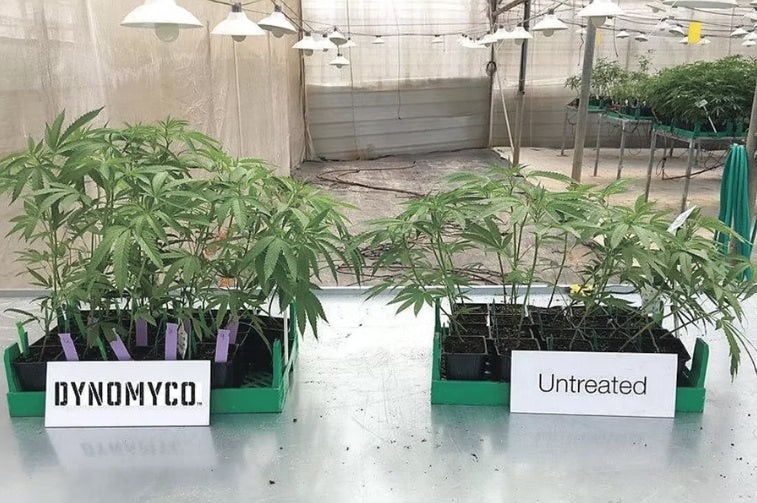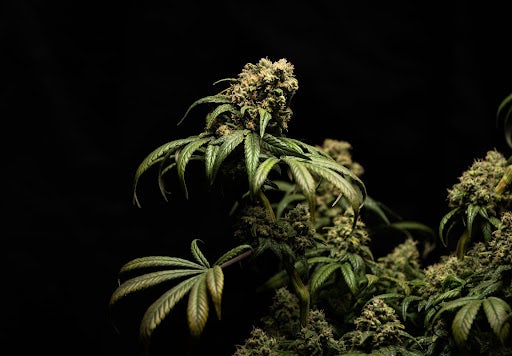This article was originally published on Analytical Cannabis and appears here with permission.
If not properly screened for, life-threatening fungal and bacterial pathogens can be introduced to the human body through legal cannabis products. A 2017 study conducted in California found fungal and bacterial pathogens on 90 percent of the cannabis samples tested.
Common cannabis pathogens, including E.coli, Pseudomonas, Aspergillus, Botrytis cinerea and Fusarium oxysporum, can cause serious harm, especially for those with weak immune systems. That is why medicinal cannabis cultivators, indoors and outdoors, seek to eliminate those pathogens and other harmful substances. And to accomplish that, some companies choose to grow their crops in cleanrooms.
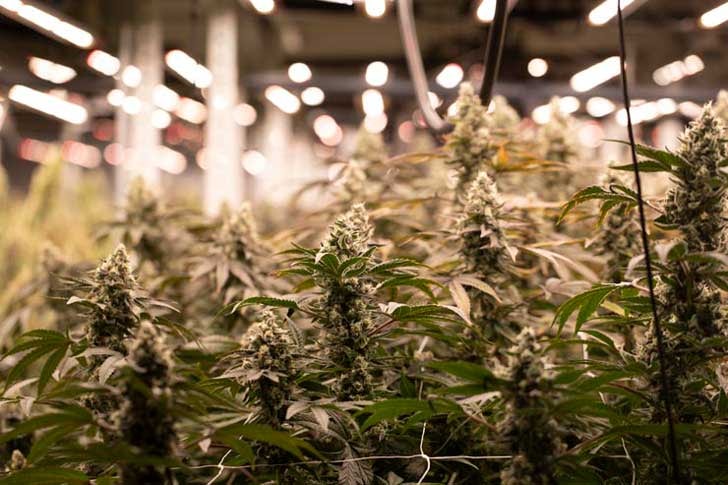
Indoor
Indoor cannabis growers can potentially control the room’s temperature, humidity, light intensity, and CO2 levels to achieve idyllic growth rates and conditions. Setting an ideal controlled cleanroom will not only improve yields and amounts of crops per year, but also will significantly reduce the ways a pest or a disease can reach a plant. Controlled indoor cannabis growers can stop cross pollination completely, and even drop the genetic deviation between plants, thus keeping the consistency of a strain much better than an outdoor field.
Indoor challenges
The right combination of moisture, temperature, humidity, and light can help accelerate the growth of both cannabis and its pests. For example, when humidity reaches above 80%, it widens the risk window for fungal, bacterial, and viral infections. When humidity drops below 70%, it can diminish yields with the photosynthetic efficiency dropping.
But even when the humidity levels are ideal, almost every cannabis product will almost certainly not pass a bacteriological screening if it has not been grown in a properly equipped room or treated post grow with irradiation.
Keeping the room lit, at the right temperature and humidity, ventilated, and filtered takes a lot of energy.
Cleanrooms
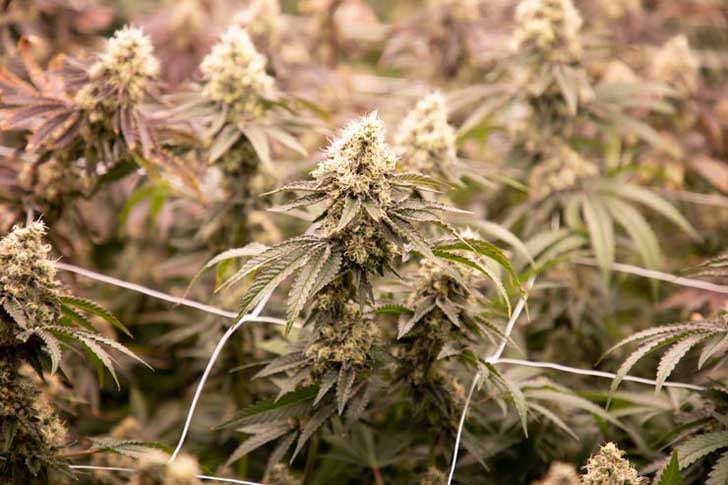
Indoor cannabis manufacturers are starting to adapt more and more aspects of cleanroom technology to accomplish these goals. A cleanroom is a space that is equipped to measure and control the amounts of particles inside it with air pressure and special filters. Cleanroom technologies are already common in the aerospace and pharmaceutical industries to fit regulations and ensure product quality. Usually, the rooms are built to protect workers from hazardous chemicals or conditions and to protect sterile products from contamination.
A working theory
Although these facilities were designed to grow cannabis plants in a clean and safe way, companies still need to test their products constantly for pathogens. Earlier this year, an Israeli company called Cannasure found that its cannabis contained fewer contaminants and microorganisms than the commercial level allowed. As such, the team neglected to submit the batch to any post-grow radiation treatments. However, the following batches were not clean enough to receive the same liberty. And as the power consumption of a facility like this can prove to be very high, perhaps the whole industry cannot rely on this model for economic and environmental reasons.
Outdoor greenhouses
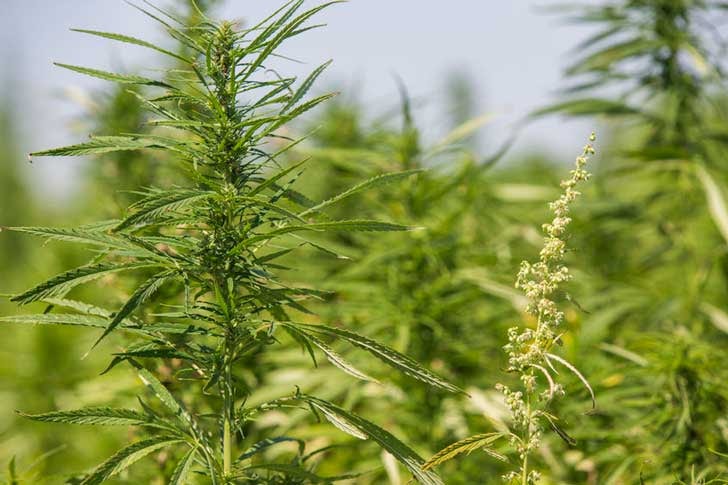
Cannabis manufacturers that choose to grow in outdoor greenhouses enjoy a low cost, low energy method that can use what nature gives in the forms of heat, light, and water. The idea is that the enclosed space traps humidity and controls wind while allowing the sun’s heat to go through the panels and reach the plants. It can also keep away pests and prying animals.
With some accessorizing, a greenhouse can also be fitted with artificial coolers, heaters, and traps to control day and night temperatures and their shift. Humidifiers or foggers can be added for humidity. A greenhouse can be also customized to feature artificial lighting and light deprecating sheets to control the light and dark periods and thus enhance the number of crops per year from one-to-two to three-to-four or even more if the other conditions allow it.
Outdoor greenhouse challenges
When outdoors, greenhouse cannabis manufacturers face their own unique set of challenges. Plant diseases are a serious recurring problem for greenhouse cannabis growers, especially on foliage. The high humidity created in a tightly packed growth area sets a very convenient set of conditions for mildew, mold, and other foliage pathogens to attack. Geographical areas that experience a drastic temperature and humidity shift between day and night can also promote mildew and mold production on plant material.
Most greenhouse growers create a special integrated pest management (IPM) plan that includes choosing resistant genetics, monitoring infectants, and controlling them physically or with biopesticides.
Integrated pest management
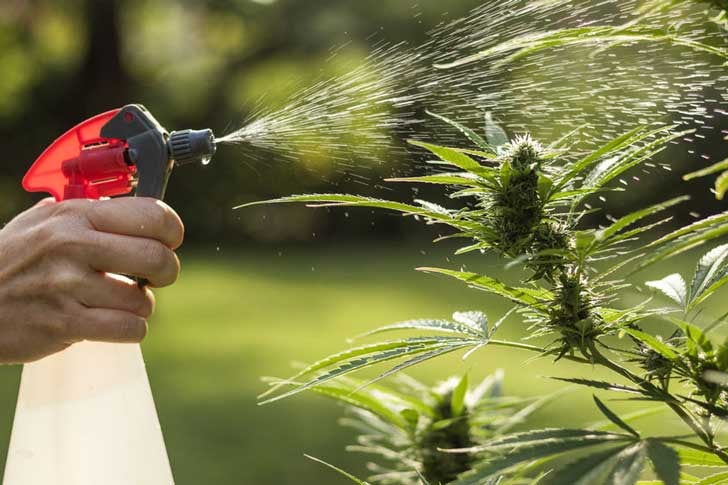
To keep greenhouses guarded as much as they can, cannabis manufacturers need to integrate steps into their routine work. The first one is daily patrols to inspect plants for the presence of any visible attacking pathogen. Large operations are divided with a grid and the plants can be tagged to track the progress of a disease or a treatment. If a pathogen is found, physical control methods like temperature, sanitation, ventilation, and air filtration or even ultraviolet-C (UV-C) light irradiations can be applied.
Researchers at the United States Department of Agriculture have found that treatment once or twice a week with 20-60 seconds of UV-C light at 20.6 microwatts per square centimeter followed by a four-hour dark period can control powdery mildew on strawberries.
Genetics
A right choice of genetics can make or break the battle against pathogens, especially if cannabis is being grown outdoors. Strains that have a higher resin count are less susceptible to mold. Small, thin buds are more resistant to mold, which often infest bigger buds.
But the demands of the marketplace can shift growers away from such priorities. Large buds, high cannabinoid levels, and rich terpene profiles are all prized by retailers. And so these can become more pertinent to many growers than any pathogen-proof strain.
Immunity
Immunity is not only a matter of genetic resistance, it can also be induced. Insects, microbes, chemicals, and specific sets of physical conditions can initiate protective responses in the plant that produce metabolites that can help fight infection and the spreading of a foreign pathogen. Ladybugs, mites, and thrips can help control attacking insects. Bacillus subtilis and Bacillus amyloliquefaciens are examples of microbes that can be applied to help control mold and mildew. Potassium phosphate and silica are examples of such chemicals.
Post grow treatments
Most pathogens that are found on cannabis are common ones. Their effect on the average human is not severe. But when introduced to a person with a weakened immune system, they can inflict serious damage. Therefore, it is of the utmost importance to have an extremely effective treatment for pathogens, especially when preparing medicinal cannabis.
Many manufacturers around the world treat their medicinal cannabis with beta and gamma irradiations post grow to combat pathogens, and lately cold plasma is being tested as well. Cannabis is not the only product that enjoys that privilege; food, medicine, and imported goods also usually undergo these radiations. But although gamma and beta radiations both are readily used, their effects on cannabis are only partially understood. A new Israeli study has illustrated just how effective such radiation treatments can be.
Gamma vs beta vs cold plasma
Using radiation strengths between 7.5-to-8.4 thousand gray (KGy), the gamma radiation completely destroyed all mold – about one million colony forming units (CFU) – in the untouched specimens, and dropped the amounts of mold from 112,201,845 CFU to 75.9 CFU in the contaminated plants.
Beta radiations, which use an electron accelerator instead of the radioactive material that is used in gamma techniques, are the most common in the Israeli medicinal cannabis industry today. In the recent study, the technique cleansed the mold from all specimens completely (from 112,201,845 CFU to 0 CFU). The plasma, however, reduced the CFU count in the non-contaminated samples to a near zero but left between 7,000-to-200,000 CFU in the contaminated ones.
Yet, the researchers concluded that both e-beam and cold plasma treatments still have greater potential than gamma radiation, since they are both cheaper and simpler to apply, and are equally effective for medical cannabis sterilization.
Cold plasma is usually generated via a strong electrical current implied to a gas condensed in an atmospheric or sub-atmospheric pressure. The treatment can also help reduce the levels pesticide counts in inflorescences.
Conclusion
Setting an ideal controlled cleanroom cannabis grow can dramatically improve yield quality and quantity. Indoor cannabis grows are also more effective against cross pollination and genetic deviations that can modify a strain. That said, they do not always provide inflorescences that pass the cleanliness levels required by the various global standards. Indoor facilities are also proving themselves as a big power consumer in countries with free recreational use and a wide, partially indoor, cannabis manufacturing market.
Greenhouse grows are cheaper to operate, use less power than indoor grows, and offer more pest and disease control tactics. Although they are not as easily controlled as indoor grows, temperature humidity, lighting, air movement, and filtration are all still more manageable in a greenhouse than in an outdoor field.
In the case of outdoor greenhouse products, and indoor products that still need to be cleaned, post-grow irradiations will probably still be needed. Beta radiation and cold plasma treatments are smart choices given their proven efficiency and relative affordability. Gamma radiation treatments are very expensive and complicated to conduct, although their results are proven very efficient even against extreme cases of contamination.
Sign up for bi-weekly updates, packed full of cannabis education, recipes, and tips. Your inbox will love it.

 Shop
Shop Support
Support
